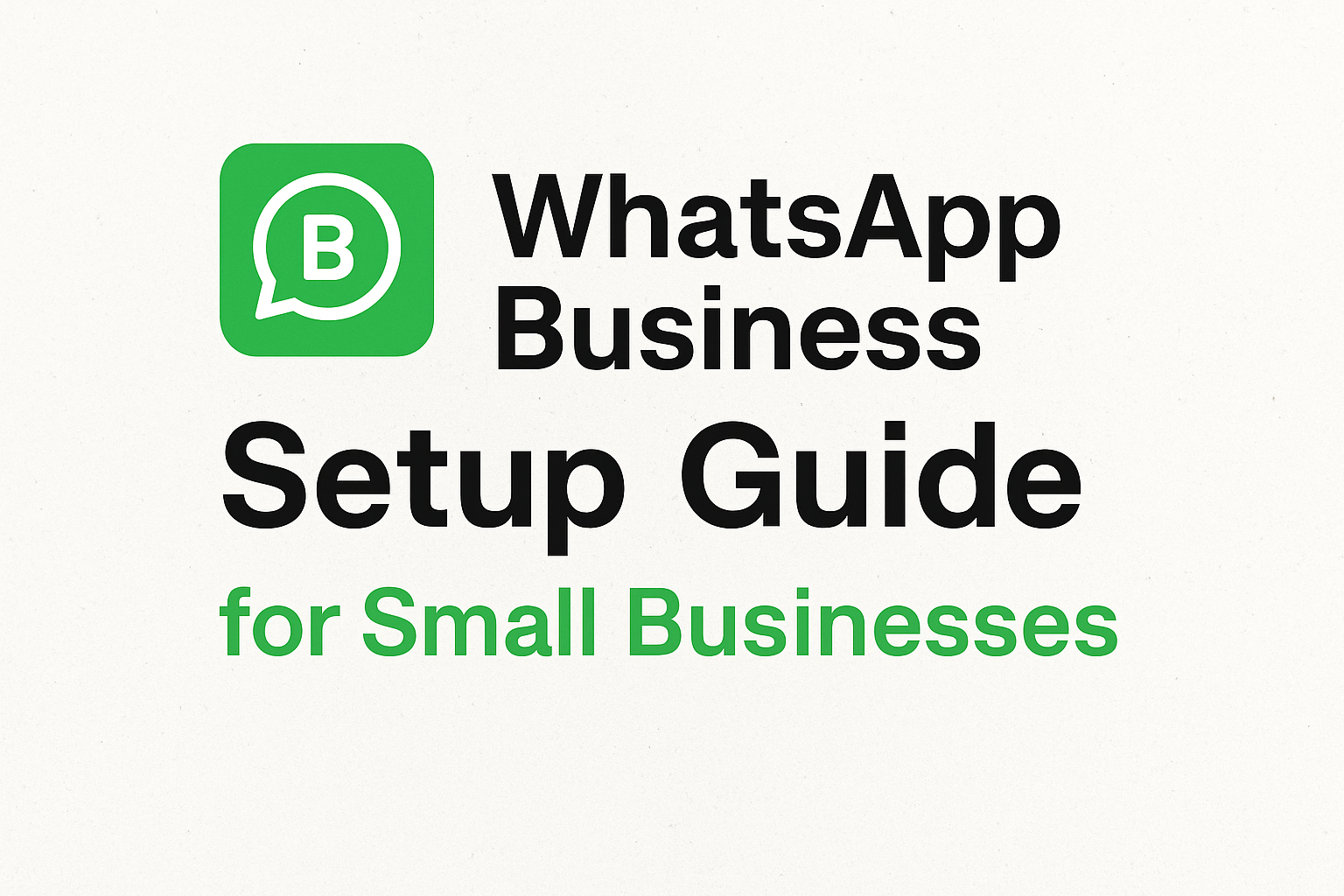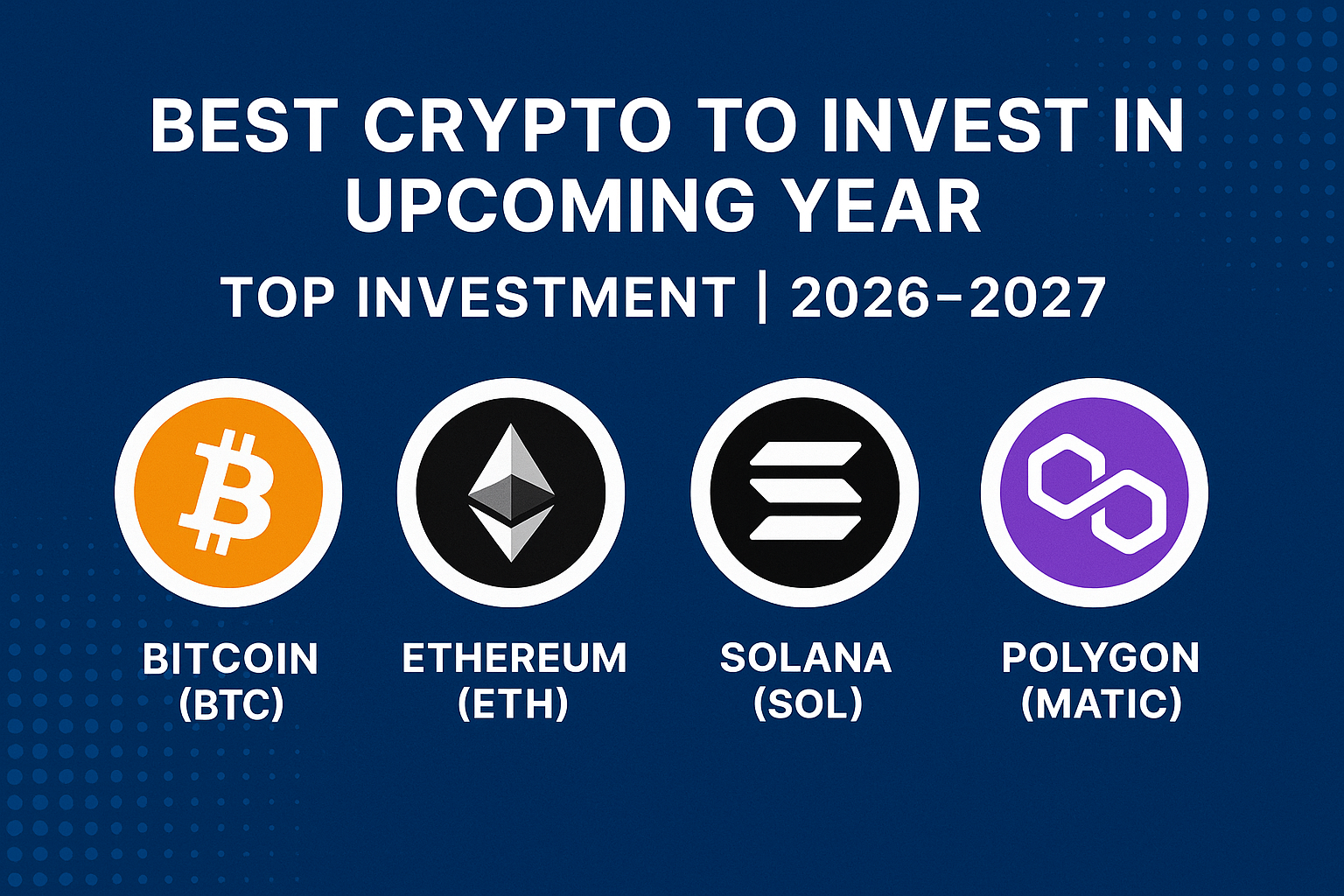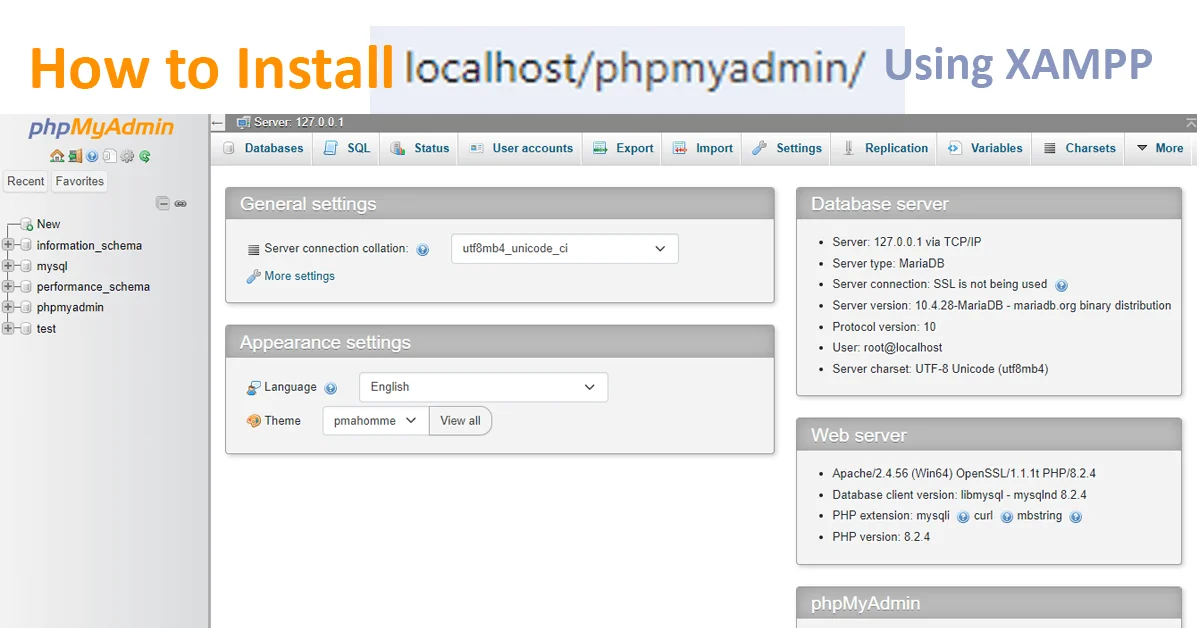Starting a digital product business in 2025 offers entrepreneurs an incredible opportunity to earn passive income and build scalable, profitable ventures. With the rapid rise in online consumption, selling digital products has become a preferred business model for creative minds and problem-solvers. Whether you’re a designer, writer, or tech enthusiast, launching digital products online allows you to monetize your expertise with minimal overhead. This blog will guide you through creating and selling digital products in 2025. Check the detailed information on actionable tips for success.
Why Start a Digital Product Business in 2025?
Growing Demand for Digital Products is the main reason you should launch your digital product business. Nowadays, people rely more on online resources for education, productivity, and entertainment.
Digital products like eBooks, online courses, templates, and software tools are seeing increased demand due to their accessibility and affordability.
Benefits of Selling Digital Products
- Low Startup Costs: You don’t need inventory or physical stores.
- Passive Income Opportunities: Once created, digital products can generate revenue indefinitely.
- Global Market Reach: Your products can be sold to customers anywhere.
- Scalability: With the right strategies, you can efficiently scale your digital product business.

6 Simple Steps to Start Your Own Digital Product Business in 2025:
There are many different types of Digital Product businesses. To create something valuable or where your expertise lies. It would help if you researched to find the gap in the market so that you could succeed easily. So here is the first step to start your business:
Step 1: Identify Profitable Digital Business Ideas for 2025
To succeed in the competitive market, choosing the best digital products to sell in 2025 is essential. Here are some ideas:
Trending Digital Products in 2025
- Online Courses: Topics like AI, personal finance, and wellness are highly sought after.
- Digital Templates: Planners, resumes, social media kits, and website themes.
- eBooks: Covering niche topics such as productivity hacks or career growth.
- Stock Photography and Videos: Perfect for creators in the content industry.
- Software and Apps: Tools that solve specific problems for businesses or individuals.
How to Choose Your Niche
- Assess Your Skills and Interests: Focus on what you’re passionate about.
- Research Market Demand: Use tools like Google Trends and AnswerThePublic.
- Analyze Competitors: Check platforms like Gumroad, Etsy, or Shopify to understand what’s trending.
Read More: 10 Best Online Business Ideas: Low-Investment Business Ideas
Step 2: Develop a Digital Product Business Plan
A well-structured plan is crucial to start business and must be your priority. Here’s how you can create a roadmap for your own digital product business model:
Key Elements of a Business Plan
- Define Your Target Audience: Who will benefit from your product?
- Set Goals: Outline your short-term and long-term objectives.
- Budget Planning: Include costs for tools, marketing, and software subscriptions.
- Marketing Strategies: Plan how you’ll promote your product.
- Revenue Streams: Identify how you’ll monetize your business.
Tools for Planning
Platforms like Notion, Trello, and Google Sheets can help you organize your business plan efficiently.
Step 3: Learn How to Create Digital Products
There are many different ways to do the same differently. The creation process varies depending on the product type, audience, etc. But here’s a general approach:
Steps to Create Digital Products
Choose the Right Tools:
- For eBooks: Use tools like Canva or Adobe InDesign.
- For Online Courses: Platforms like Teachable and Thinkific are excellent.
- For Templates: Design software like Figma or Canva works well.
Focus on Quality:
- Make your product visually appealing.
- Ensure it solves a real problem for your audience.
Test Your Product:
- Share it with a small group for feedback.
- Refine based on user input.
Example: Creating an eBook
- Step 1: Research trending topics in your niche.
- Step 2: Write the content using a clear and engaging tone.
- Step 3: Design the eBook using Canva and export it as a PDF.
I assume that at this stage, the prototype of your business is almost ready, and you are looking to launch your product.
Step 4: Launch Digital Products Online
After creating your product, the next step is selling online in 2025. So, there are many different platforms where you can easily launch your product, some are even free platforms. But, choosing the right platform based on your audience is important. Here’s how:

Choose the Right Digital Product Platforms
- Gumroad: Ideal for selling all kinds of digital products.
- Shopify: Great for creating a branded online store.
- Etsy: Best for templates and design-oriented products.
Pricing Your Product
- Research competitors’ pricing strategies.
- Offer promotional discounts during the initial launch.
Build a Landing Page
A compelling landing page should include:
- Clear product descriptions.
- Testimonials or reviews.
- A call-to-action (CTA) like “Buy Now.”
Make sure that your landing page adds value to someone’s life. It could be through the free guide, free trial version, or something like that to help people decide whether to buy your product or service.
Read More: Selling on E-Commerce: Pros and Cons for Small or New Businesses
Step 5: Marketing Your Digital Product Business
Marketing is critical to driving traffic and conversions. Since you are so new to this, no one will believe you on what you offer. People often go with brands or with people they trust. Here are some effective strategies to market your Digital product business easily:
Social Media Marketing
- Use platforms like Instagram, Pinterest, and LinkedIn.
- Share tutorials, testimonials, and sneak peeks of your products.
Content Marketing
- Write blogs about topics related to your products.
- Create YouTube videos demonstrating how to use your products.
Email Marketing
- Build an email list through lead magnets.
- Send regular updates about new products and offers.
Marketing is an important part of any business, including the digital product. You need to market yourself as a brand that has just launched a new product. Your initial focus should always be building people’s trust once you get positive feedback about your business. You are good to go for the last but not the least step.
Step 6: Scaling a Digital Product Business
This step is important as it will lead you to automation and multiply your earnings by 2x to 100x. Once your business gains traction, you must focus on scaling it to a wider audience, whether inter-state, different countries, or regions.
Here are some of the best tools that you can use to scale your digital product business:
Automation Tools
- Zapier: Automate repetitive tasks.
- ConvertKit: Streamline email marketing.
Partner with Affiliates
- Collaborate with influencers to promote your products.
Invest in Paid Ads
- Use Google Ads or Facebook Ads to reach a wider audience.
Paid ads are the best way to promote your business to whatever region or country. If you make this step successful, you will make a good amount of money.
However, to continue this process, you need to continuously improve your digital product or service as per market demand or customer feedback.
Now let’s look at some of the latest trends in Online Business that could be profitable and easy to hit in 2025.
Read More: World Best Business Opportunity
Latest Trends in Online Business for 2025
To stay ahead in the market, keep an eye on emerging trends. Staying updated with the latest trends is key to success in 2025. Here are the top trends shaping the digital world:
- AI Integration: Artificial Intelligence is revolutionizing everything from personalized shopping experiences to customer service chatbots. AI tools are helping businesses automate tasks, analyze data, and predict customer behavior more accurately.
- Sustainability Focus: Consumers are increasingly supporting eco-friendly brands. Online businesses are adopting sustainable practices, from reducing packaging waste to offering digital products that eliminate the need for physical materials.
- Subscription Models: Memberships and subscriptions are booming. Offering consistent value through subscription services helps businesses secure recurring revenue and build loyal customer bases.
- Niche Marketplaces: Platforms targeting specific audiences, like creators or professionals, are gaining traction. Selling products on niche platforms enhances visibility and relevance.
- Social Commerce: Social media platforms like Instagram and TikTok are transforming into full-fledged shopping destinations, making it easier to convert followers into customers.
- Interactive Content: Businesses use immersive experiences like AR/VR demos, 3D product views, and gamification to engage customers effectively.
Adapting to these trends in 2025 can help businesses innovate, attract more customers, and stay competitive in the dynamic online market. Here are some pro tips that every business startup must consider:
Tips for Digital Entrepreneurship in 2025
Digital entrepreneurship in 2025 offers vast opportunities, but navigating the competitive landscape requires strategy and adaptability. Here are essential tips to help you succeed:
- Use Emerging Technologies: Leverage tools like AI, blockchain, and automation to streamline processes, improve customer experience, and gain a competitive edge. For example, AI can help with personalized marketing or content creation.
- Focus on Niche Markets: Instead of targeting broad audiences, specialize in a specific niche. A well-defined target audience allows you to craft tailored products and marketing strategies, increasing your chances of success.
- Invest in Branding: A strong brand identity is crucial in a crowded digital space. Create consistent branding across your website, social media, and marketing materials to build trust and recognition.
- Prioritize User Experience (UX): Ensure your website or platform is intuitive, mobile-friendly, and fast. Great UX translates to higher customer satisfaction and retention.
- Stay Agile: Trends change quickly in the digital world. Regularly analyze market data, adapt to consumer needs, and stay flexible with your strategies.
- Leverage Passive Income Streams: Create digital products like eBooks or courses to generate revenue long-term without constant effort.
By combining innovation with adaptability, digital entrepreneurs can succeed in 2025’s dynamic landscape easily. Well, it’s not that easy to grow in the digital world unless or until you develop something new.
Conclusion on starting selling online in 2025
Starting to sell online in 2025 is an excellent way to build a profitable and scalable business in the digital era. With the growing reliance on online platforms and the increasing demand for digital products, entrepreneurs have unprecedented opportunities to reach global audiences. Whether creating eBooks, online courses, or offering digital tools, the key to success lies in understanding your niche, delivering value, and leveraging the right platforms.
The rise of AI, sustainability-focused products, and social commerce trends make 2025 a transformative year for online businesses.
By adopting a strong digital product business plan, utilizing platforms like Gumroad or Shopify, and focusing on marketing strategies, you can tap into these opportunities and build a thriving business.
Leap today and start selling online in 2025. With the right planning and execution, you can turn your passion into a sustainable, long-term source of income.
Check the Step by Step Guide to Start your Digital Product Journey:
Step: 1 How to Start a Digital Product Business | 2025
Step: 2 10 Steps to Start Selling Digital Products without experience
Step: 3 List of Best Platforms to Sell Digital Products in 2025
Step: 4 How to Identify the Right Target Audience for Your Digital Products
Step: 5: Cost of Starting a Digital Product Business in 2025
Step: 6 Digital Products Marketing: Organic vs Paid | What Works Best
Understand these each blog and make a proper notes according to your understanding. It won’t take more than a hour to understand the digital product business.










